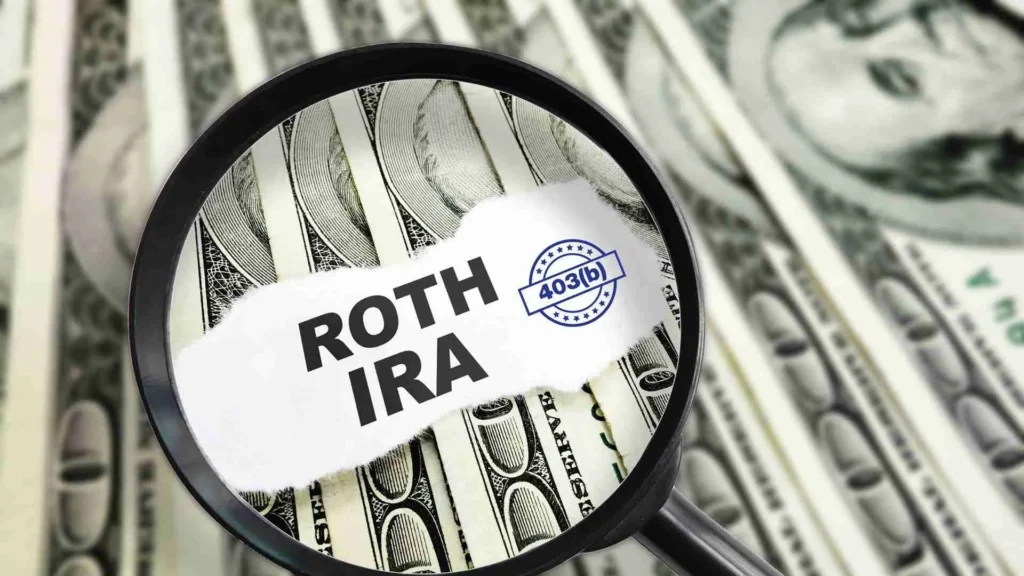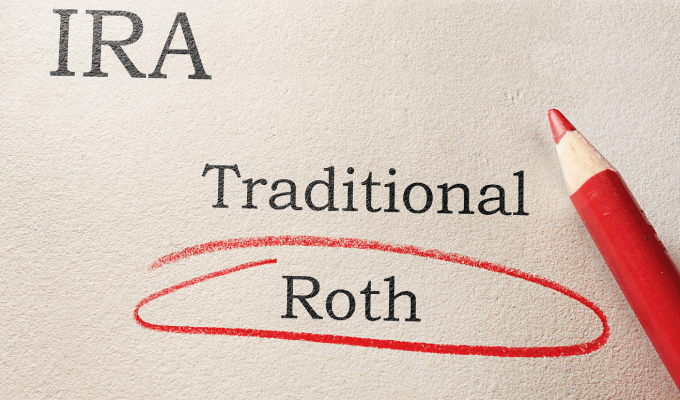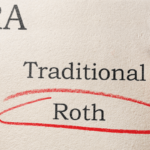A Roth 403(b) is a unique retirement savings plan that combines the features of a regular 403(b) with the advantages of Roth contributions. Let’s delve into the key aspects of the Roth 403(b) and how it can shape your retirement strategy.
What is a Roth 403(b)?
A Roth 403(b) is a retirement savings account specifically designed for eligible employees of certain tax-exempt organizations, including schools, hospitals, and non-profits. It offers attractive tax advantages and flexibility, making it a popular choice for individuals seeking to secure their financial future.
How Does a Roth 403(b) Work?
To fully grasp the workings of a Roth 403(b), it’s crucial to understand the distinction between contributions and earnings. Contributions refer to the funds you, the employee, actively contribute to your account. Conversely, earnings represent the growth of your contributions over time due to investment returns.

Contributions:
Individuals can contribute up to a maximum of $20,500 annually to their Roth 403(b) accounts. For those aged 50 or older, an additional $6,500 catch-up contribution is permitted. These contributions are made with after-tax dollars, meaning you’ve already paid taxes on the money you contribute.
Earnings:
Your contributions grow tax-deferred, meaning you won’t pay taxes on the earnings until you withdraw them in retirement. This tax-deferred growth can significantly increase the value of your retirement savings over the long term.
Employer Contributions:
Many employers offer matching contributions to their employees’ Roth 403(b) plans. This means they will contribute a portion of your salary to your account, typically matching a certain percentage of your contributions. These matching contributions are typically made pre-tax, meaning your employer doesn’t withhold taxes from their contributions.
Tax Advantages:
Roth 403(b) offers two key tax advantages:
1. Tax-free withdrawals in retirement:
Unlike traditional 401(k)s, Roth 403(b) withdrawals, including contributions and earnings, are tax-free in retirement. This can save you significant money on taxes throughout your retirement years.
2. Flexibility to withdraw contributions without penalty:
You can withdraw your Roth 403(b) contributions without penalty under certain circumstances, such as using them for qualified education expenses or first-time home purchases. This provides greater flexibility in managing your retirement savings.
Rolling Over to a Roth IRA:
After you leave your employer, you can roll over your Roth 403(b) funds to a Roth IRA. This can be beneficial, as Roth IRAs offer a wider range of investment options and more flexibility in managing your retirement savings.
What is the difference between a Roth 401(k) and a Roth 403(b)?
While both Roth 401(k)s and Roth 403(b)s offer tax-free retirement withdrawals and the flexibility to withdraw contributions without penalty, they differ in eligibility requirements and contribution limits.
Eligibility Requirements:
Roth 403(b)s are only available to eligible employees of certain tax-exempt organizations, such as schools, hospitals, and non-profits. On the other hand, Roth 401(k)s are available to employees of any private for-profit employer that offers a 401(k) plan.
Contribution Limits:
The contribution limits for Roth 403(b)s and Roth 401(k)s are similar, but the specific limits may vary depending on the plan. For 2023, the maximum Roth 403(b) contribution is $20,500, with an additional $6,500 catch-up contribution allowed for those aged 50 or older. For Roth 401(k)s, the maximum contribution is $20,500, with an additional $6,000 catch-up contribution allowed for those aged 50 or older.
Conclusion
Roth 403(b)s can be a valuable tool for retirement planning, particularly for individuals who work for tax-exempt organizations. They offer attractive tax advantages, flexibility, and the potential for employer-matching contributions. Consider your financial situation and retirement goals carefully to determine if a Roth 403(b) suits you.
If you’re a teacher considering whether a Roth 403(b) is right for you, seeking professional advice is essential. The experts at Teacher Retirement Plans can help you understand your options, assess your financial situation, and create a personalized retirement plan that aligns with your goals and aspirations.
Schedule a complimentary second opinion call with a retirement specialist today to learn more about Roth 403(b)s and how they can help you achieve financial security in retirement.

About Author
Bill Wallace blends his academic background in Literature with his ventures in International Business and finance. His professional journey took him across Europe, especially in Spain, where his passion for writing evolved. Since then, armed with his literary finesse and investment acumen, he has been crafting financial content for teachers worldwide. More about me.
Similar Read:





